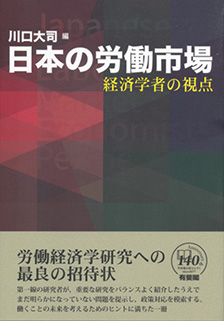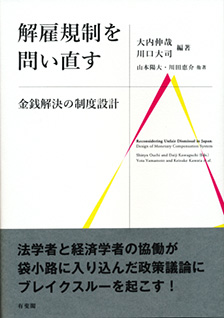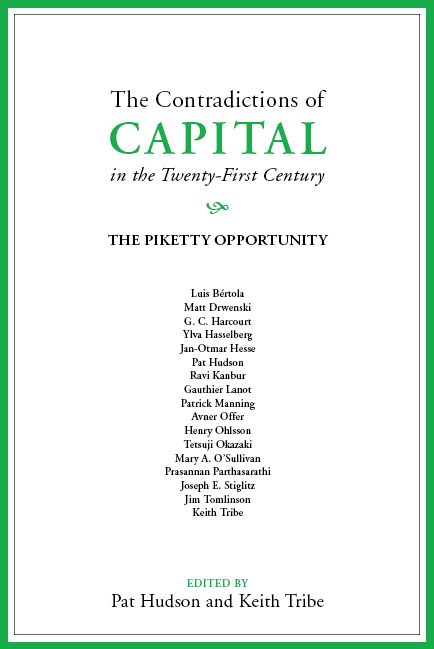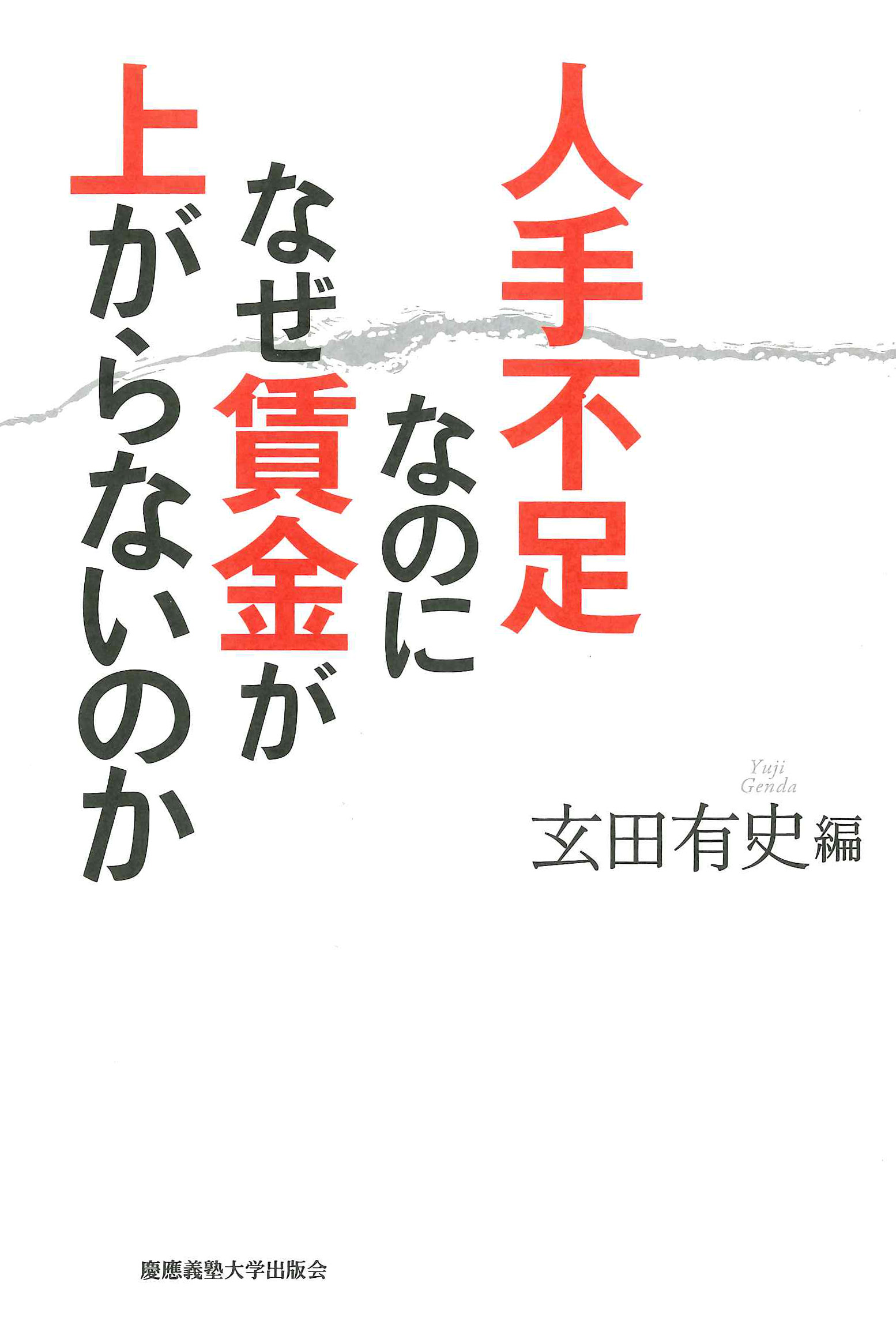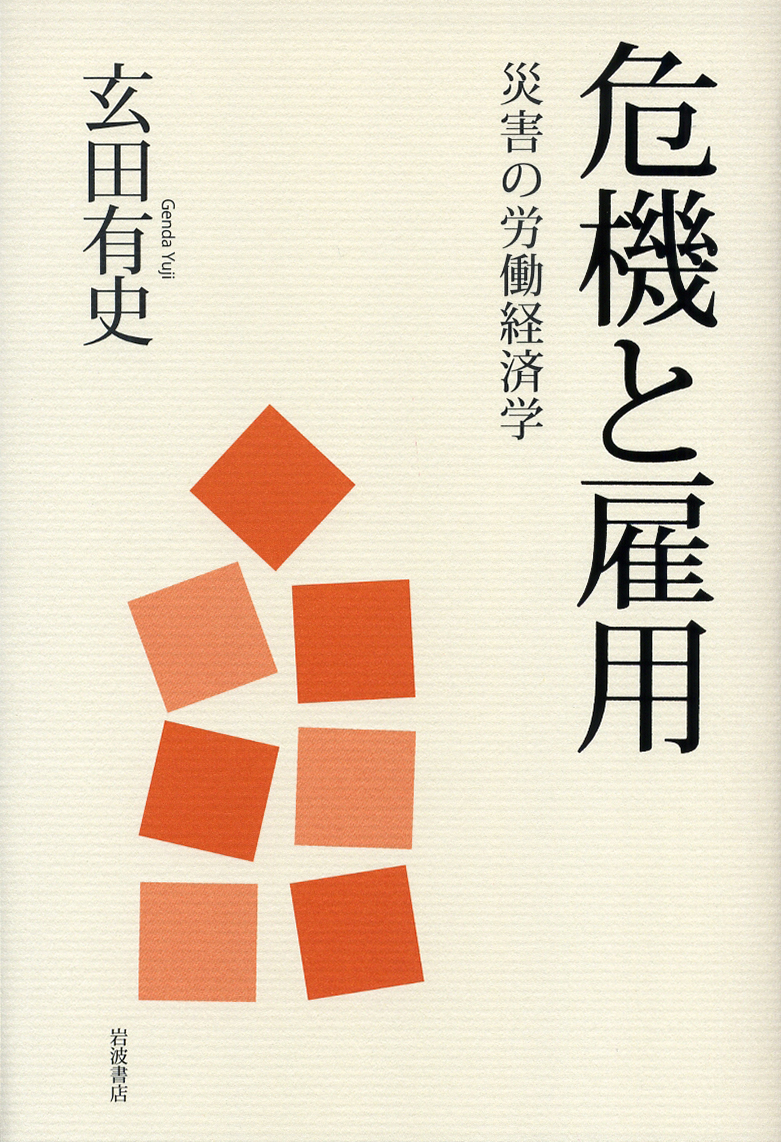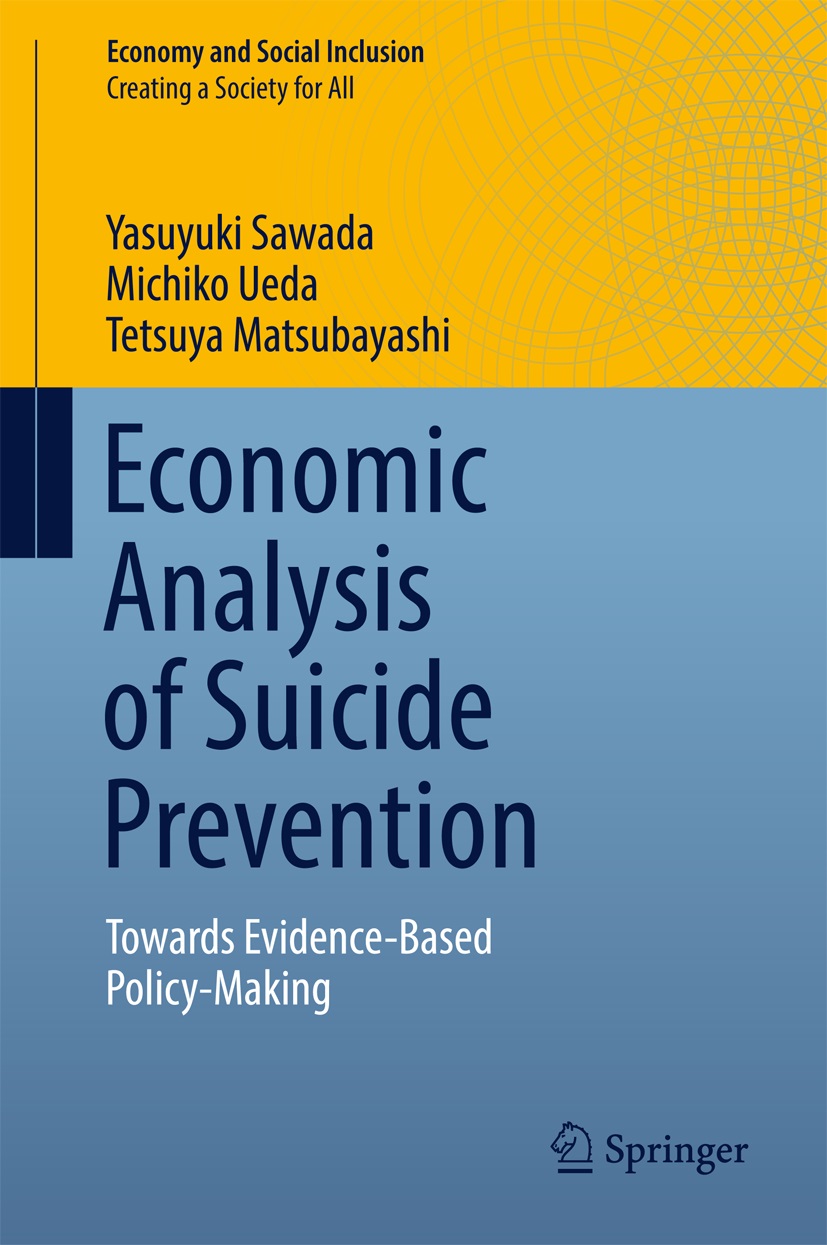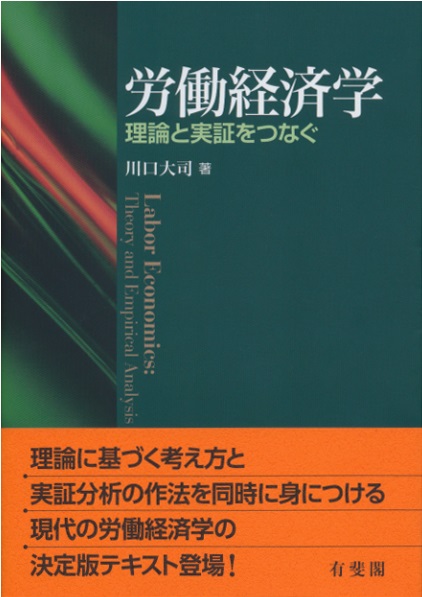
Title
Rodo-Keizai-gaku (Labor economics – Theory and Empirical Analysis)
Size
336 pages, A5 format, softcover
Language
Japanese
Released
December, 2017
ISBN
978-4-641-16507-6
Published by
Yuhikaku Publishing
Book Info
See Book Availability at Library
Japanese Page
The labor reform bill was passed in summer 2018 and will partially come into force from April 2019. As a result, overtime work will be controlled more strictly than ever before, and an unreasonable difference in the working conditions of employees with different employment patterns will be banned. These policies aim at resolving social problems such as long working hours or the significant difference in the working conditions between regular employees and non-regular employees. However, to understand how these policies impact working hours or working conditions, it is necessary to theoretically organize such basic issues as how working hours are determined and by what mechanism compensation gaps form between employees with different employment contracts. Whether these policies can achieve their intended objectives or whether they cause any unintended side effects can only be predicted after a proper understanding of this mechanism. The theory of labor economics is useful to understand the mechanisms.
Empirical analysis verifies the correctness of the mechanism that the theory assumes. For example, after implementing the reduction of legal working hours (a temporal boundary beyond which employers must pay extra wages) to attempt to shorten working hours, the analysis examines whether the working hours are actually reduced or how wages are influenced. However, it is not easy to properly perform such an analysis. With working hours regulation as an example, strict control of working hours is usually imposed at work places where long working hours are regarded as problematic. Given this situation, there is a tendency that the more strictly working hours are regulated, the more prolonged the working hours are, which means that a simple view of the data gives an impression that the regulation prolongs working hours. Overcoming these difficulties, econometrics provides techniques to estimate the causal effect of working hours regulation, and the empirical analysis of labor economics makes full use of these methods.
As described above, labor economics cuts to the heart of the actual problems, with economic theory and econometrics working closely together. Using a familiar issue of labor problems as the subject, labor economics also specifically shows us, with actual examples, what it is like to scientifically think about a social phenomenon. This way of thinking seems to be an important basis after you enter the real world, irrespective of the field you choose. This book has been written to convey the appeal of labor economics, in which theory and verification are connected organically.
(Written by Daiji Kawaguchi, Professor, Graduate School of Economics / 2018)



 Find a book
Find a book


 eBook
eBook